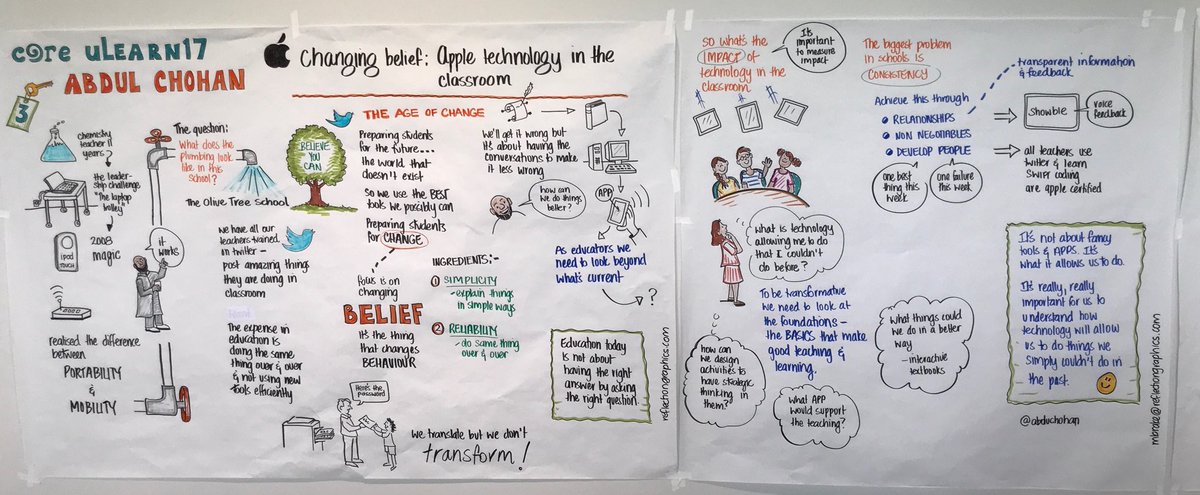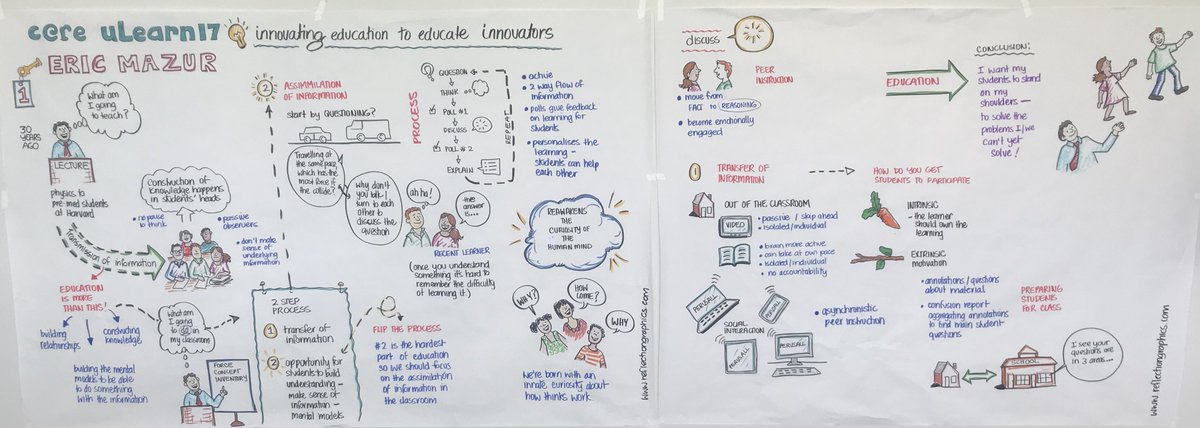The final keynote of the conference was a passionate argument for the central place of the arts in education. Professor Peter O’Connor promoted a discussion that questioned the purpose of schooling and what the real meaning of success is. Below are some of the key themes of his presentation:
Imagination
Traditional measures of success take little account of creativity, but perhaps a true measure of success can be found more from the way John Dewey talked about education as a national treasure. Dewey understood that we are not just consumers, but producers and makers in the world which required our imagination. The arts train and develop the imagination.
If we can’t imagine the world better than it is now, then we are doomed to live in the world as it is.
An interesting link was made between imagination and democracy. Peter talked about the way that history is made by those in power and the rest of the world is a powerless audience. But through the arts we get to make things, use our hands and our bodies and contribute. This participation is fundamental to being a connected, creative citizen. Our imagination can be used to make the world a better place: “hope is but a leap of the imagination – reimagination is an act of hope”.
Community
In his breakout Petter talked a lot about a new resource Te Rito Toi designed to support returning to school following major traumatic or life changing events. Created in response to the impact of Covid-19, it has a wonderful collection of resources and supporting research to help navigate difficult times. Teachers bind together communities; schools are the glue that pull together communities in ways no other institution can. But we have never trained our teachers to deal with that responsibility and this resource helps us to use the arts to navigate these challenges.
I was struck by the connection of this resource to the the idea of community. Returning to school is often a return to community, where trauma or life changing events are experienced more as an individual. The arts is a return to the collective, and it is the strength of togetherness that can help to process difficulties.
What Matters?
To illustrate the idea of ‘what matters’, Peter gave the example of a discussion with Dorothy Heathcote who despite her specific drama background wanted to know just two things about NZ education:
“In New Zealand, do children do things that matter?”
“In doing those things, do children understand that they matter too?”
Peter challenged the idea that the curriculum is overcrowded. When we ask ourselves what matters and interrogate our values we can get rid of a lot of the noise. Numeracy and literacy are not the only game in town; in fact he referred to significant research that shows schools with arts rich curriculums do better in literacy and numeracy. There were strong parallels here with Dr Lucy Hone’s discussion on well-being. The arts have always had a focus on well-being, and perhaps there is a correlation worth investigating between the declining measures of well-being that Lucy presented and the squeezing out of the arts subjects from our curriculum. We have to make sure regardless of the subject that children understand they matter, not because of what they have achieved, but because of who they are.







 stem from:
stem from:



